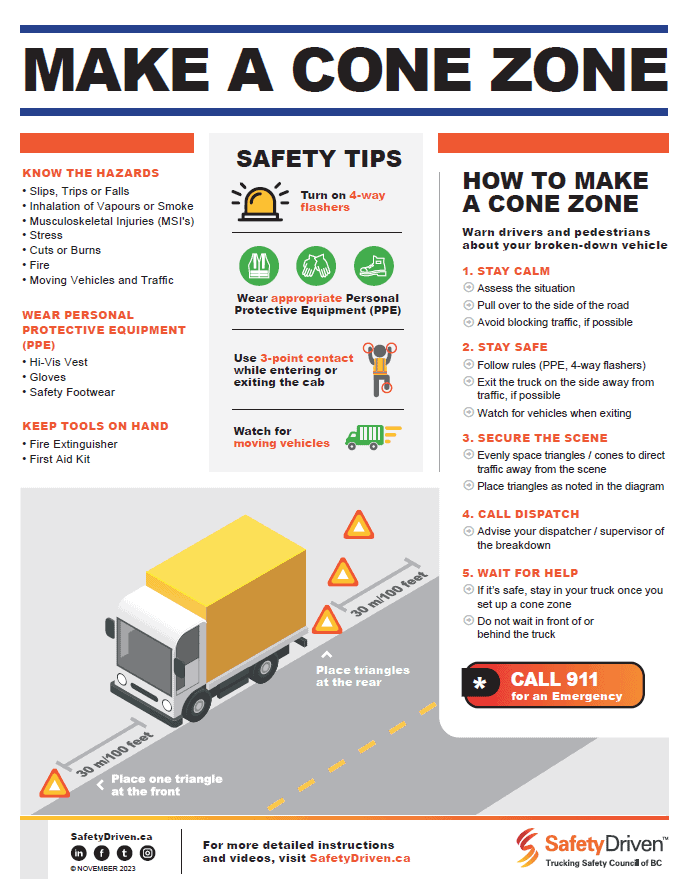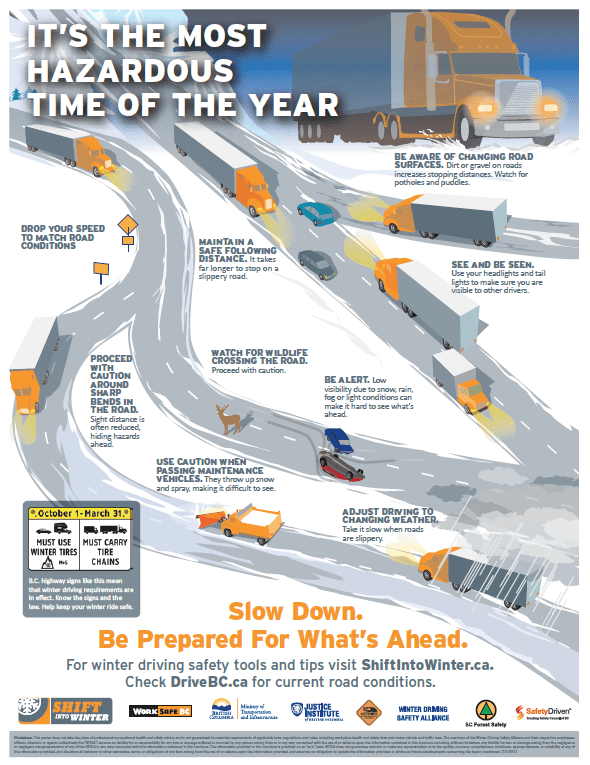National Safety Code – Standard 13: Trip Inspection Reports
Practical solutions to pre- and post-trip inspections record keeping problems.
If there was a National Safety Code problem for record keepers, it would pre- and post-trip inspections. The driver may hand in the reports regularly and they may even appear to be completed properly, but was the pre-trip inspection actually done or was it just completed on paper/log? Now, this is not necessarily a problem for the record keeper as the report came in on time and appears to be completed properly, but when the truck gets pulled in a roadside inspection and fails, it may be a direct result of the driver not conducting proper trip inspections.
The other problem with pre- and post-trip inspections is that the driver may never have been trained to properly conduct the inspections, including what has to be checked. Drivers may have done a pre-trip inspection and passed at the Motor Vehicle Department of Driver Services with ICBC, but there has never been a mandatory retest for the driver.
Drivers should be refreshed on the trip inspections every three to four years to ensure they are conducting the pre-trip and post-trip inspections properly and checking the components properly. There has typically been an assumed level of knowledge for drivers and this is very dangerous.
Some questions to ask the drivers:
1. What is the proper measurement of the manual slack adjuster when you measure the stroke?
2. How would you adjust the slack adjuster if it were out of service?
3. How do you actually check the compressor?
4. How fast does a compressor have to build air pressure?
5. What is the maximum the air brakes system can leak and how does the driving test for that?
These are some basic questions, but there are very few professional drivers that can answer these questions. If they can, they are either a new driver that has just gone through the test or they have just been through a refreshers course.
Not convinced? Statistically, a truck or any vehicle that is not properly checked prior to the first use of the day is 90% more likely to have a breakdown or component failure within the first four hours than a vehicle that is properly checked at the beginning of the day. The vehicle that has been properly inspected will also almost always pass a roadside inspection.
As with all areas of the National Safety Code, carriers have to educate drivers continuously to ensure they can inspect the vehicle properly and articulate any deficiencies to the mechanical staff for proper repairs. It is up the carrier to have a well-informed staff. Make sure that the drivers have a good understanding of what is required on a pre-trip inspection and how often the pre-trip and post-trip have to be conducted. Also, remember that a driver must conduct a pre-trip inspection on the truck at the first rest break after midnight. This is the law.
Trip inspection reports must be submitted within twenty days of when the pre-trip was completed. The trip inspection reports must be kept on file for 90 days in BC. A good practice is to purge the files after the 90 days to keep the records up-to-date.
Remember that the only way a driver can defend the safety of the vehicle when it is on the road is to conduct a proper pre-trip inspection at the beginning of the day.
More National Safety Code blogs here.
For more information about the National Safety Code and course, registration visit the BC Trucking Association.
Latest Resources
Make a Cone Zone
Dowload this poster for tips on how to make a safe cone zone.Winter Hazards Poster
Drivers need to recognize winter hazards. Share this poster to remind drivers how to ...

